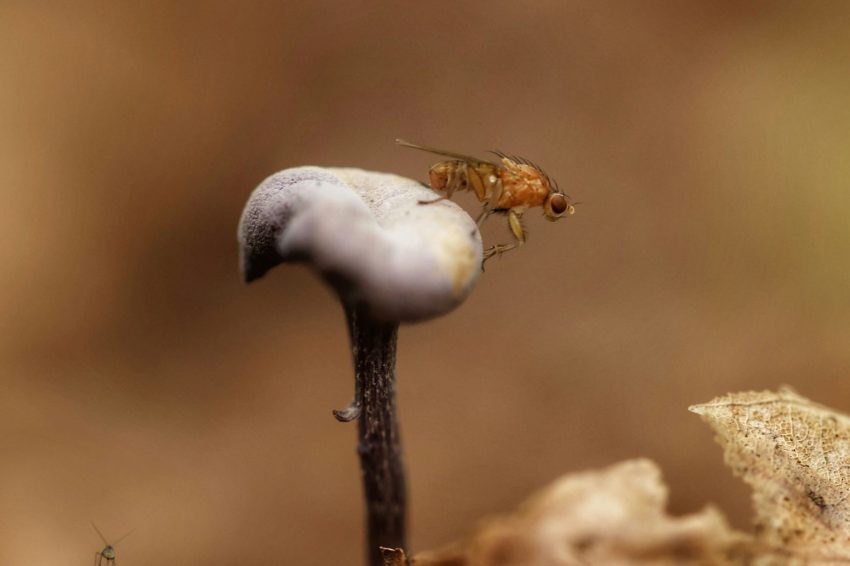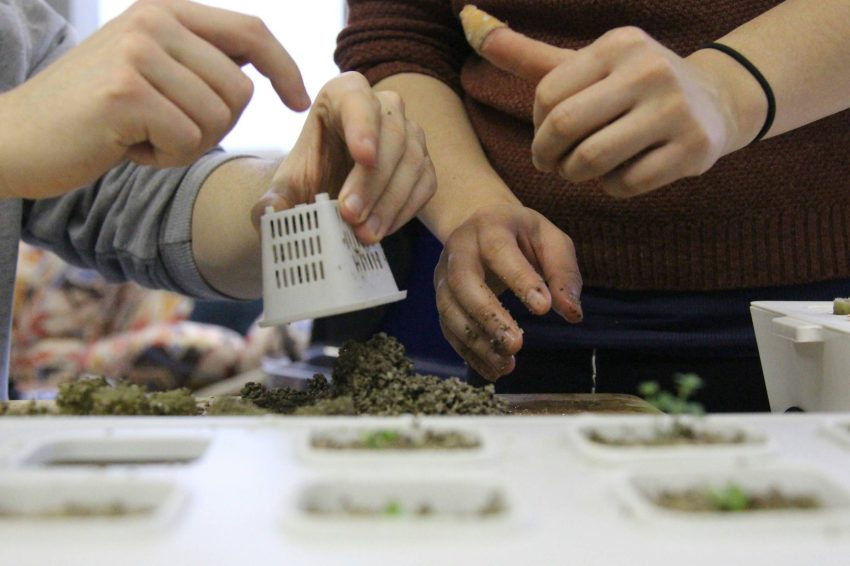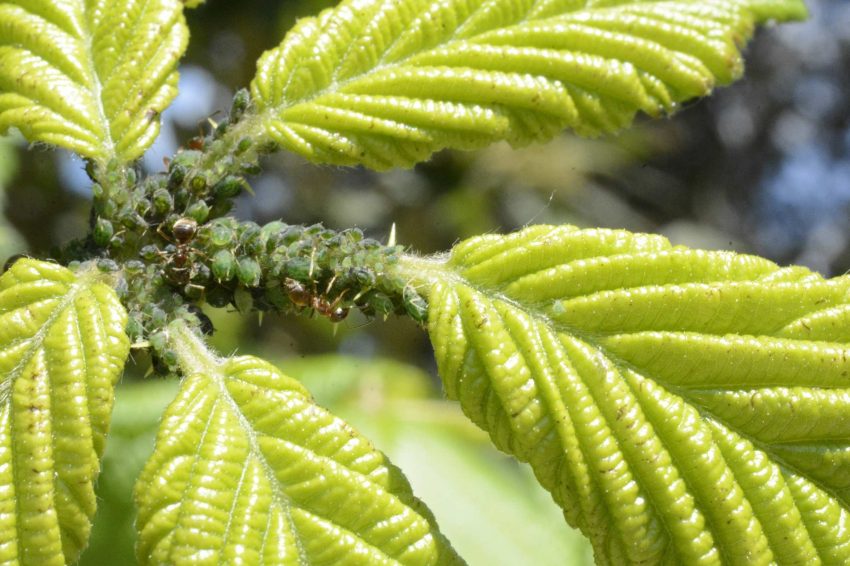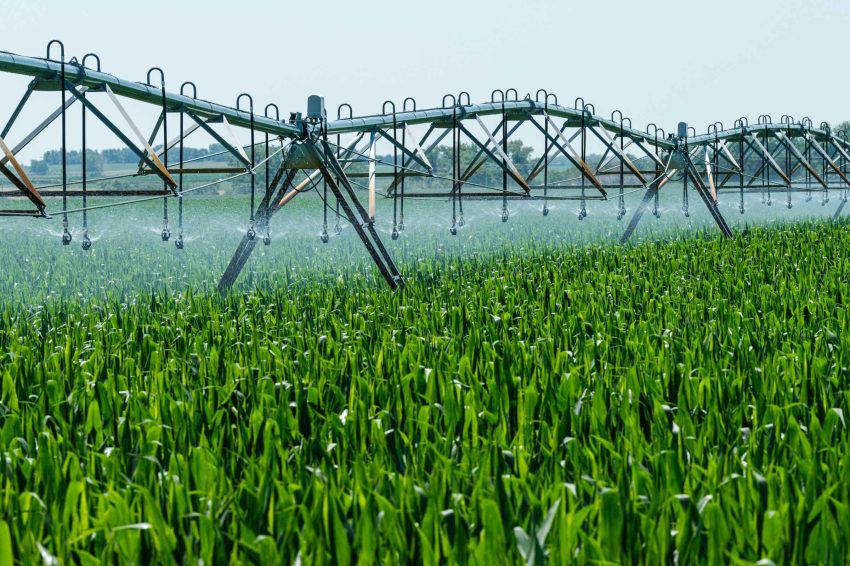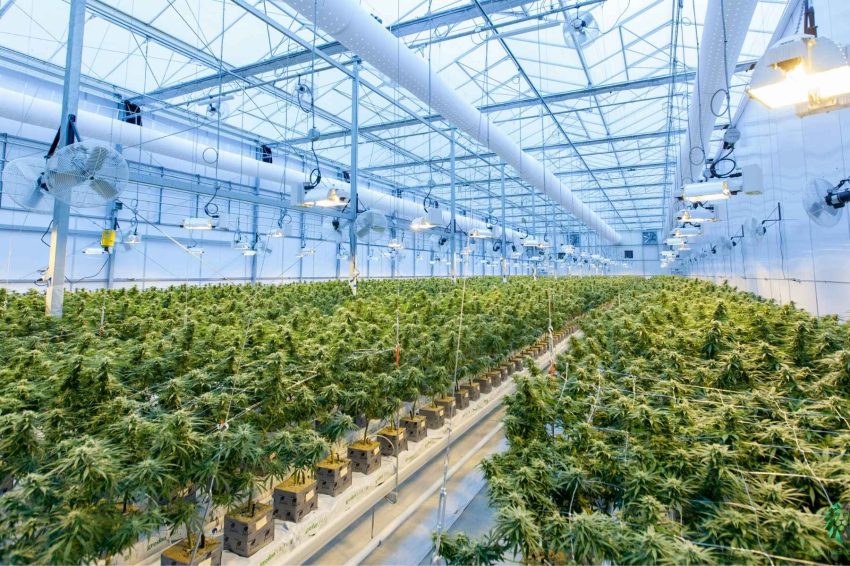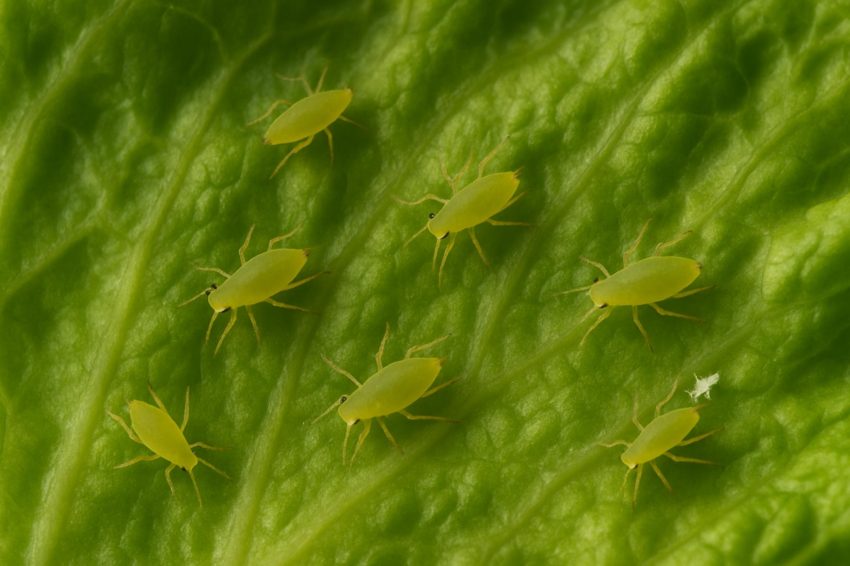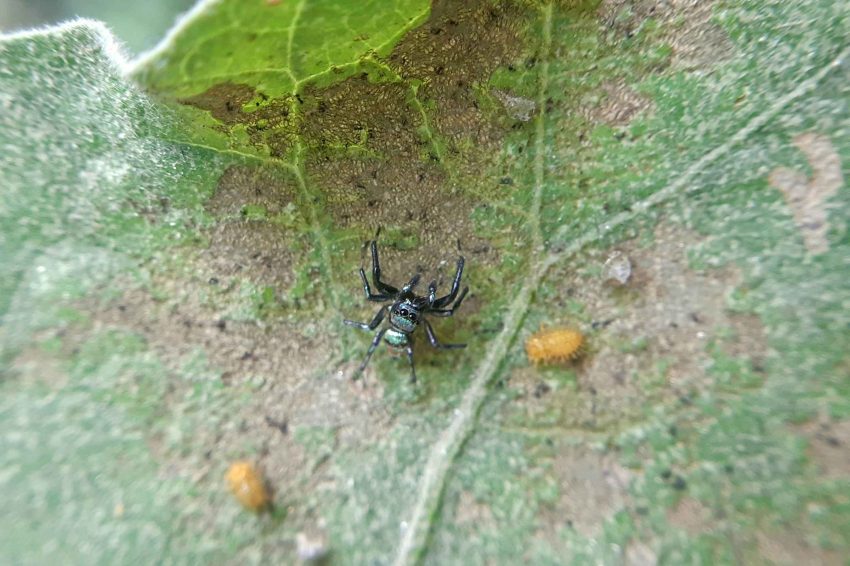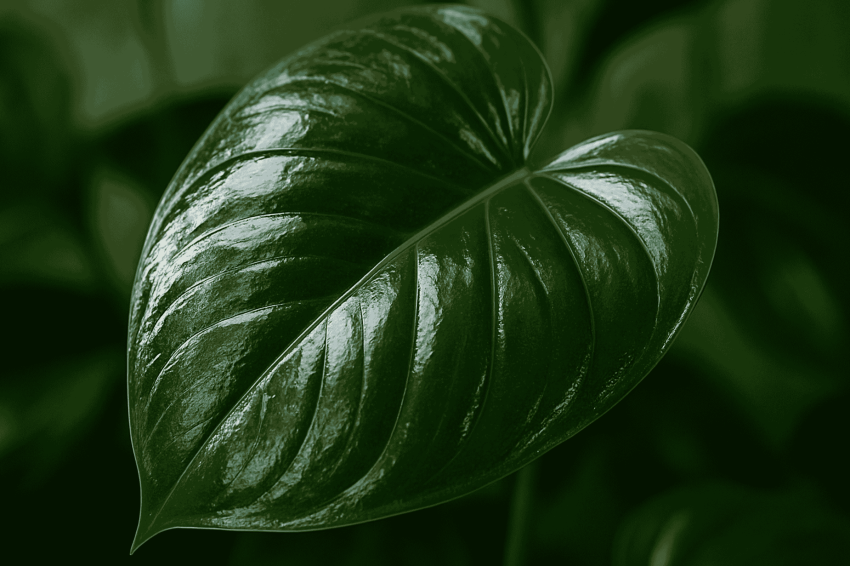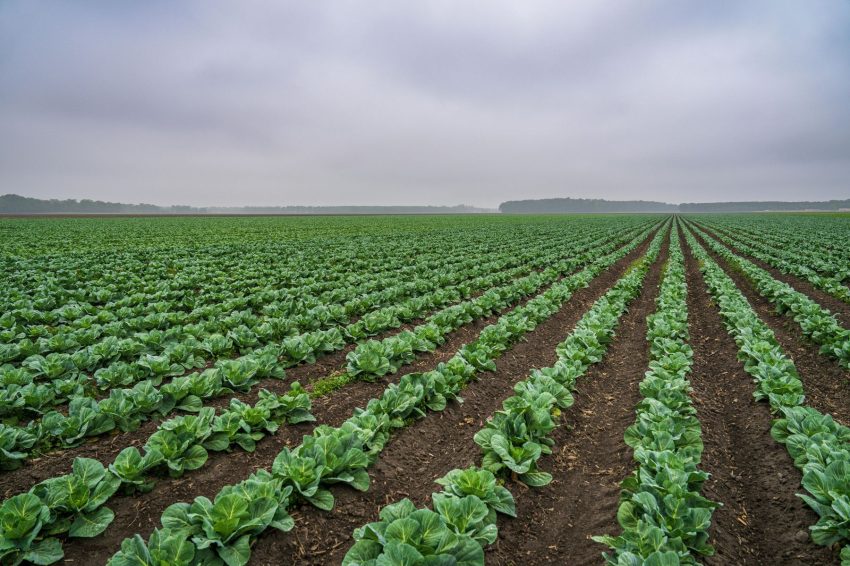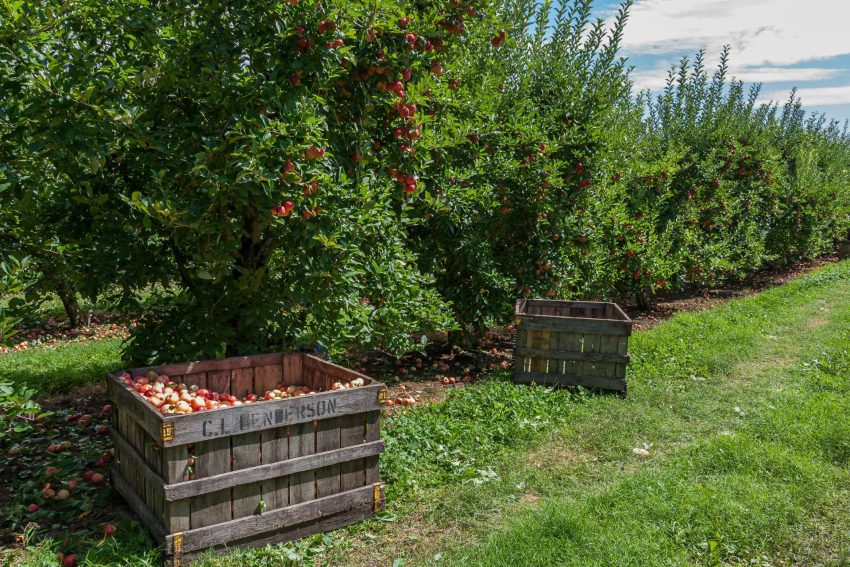Though they may be tiny in size, fungus gnats can create huge problems for growers. These small, flying insects are a common issue in indoor and greenhouse environments, especially where damp, organic-rich soil provides the perfect breeding (and feeding) ground. In adult form, the gnats are more of a nuisance than a pest, but it…
How Often To Change Hydroponic Water
In a hydroponic system, the lack of soil makes water the most important component of healthy growing. It is essential to closely monitor your water quality for things like nutrient deficiencies and temperature, so that you can avoid attracting pests, stunting growth and reducing the quality of your harvest. While it might seem overwhelming at…
Aphid Life Cycle & Natural Control Methods
Despite their tiny size, aphids can cause a huge amount of harm to plants and crops. Often referred to as greenfly or blackfly, these sap-sucking insects come in a variety of colors—green, black, yellow, pink, or even white. Common in both home gardens and commercial growing environments, aphids can go unnoticed until a full-blown infestation…
How to Effectively Remove Biofilm from Your Irrigation Lines
Irrigation lines are quite literally a lifeline in any agricultural or landscaping system. Delivering water and nutrients directly to crops, grass or other plants, a healthy irrigation system is essential for maintaining productive growth and reliable yields. However, these systems can also fall victim to harmful bacteria. Unfortunately, due to the very nature of irrigation…
What is Cannabis Nutrient Lockout? (And How To Fix It)
Many factors contribute to cultivation success, and ensuring optimal plant health is the most important of them all. From pests to disease, growers have got their hands full when it comes to protecting their plants. Nutrient lockout is a major concern for many, with the worst-case scenario meaning plant death, and the best-case scenario demanding…
Aphids on Lettuce: What to Do Before It’s Too Late
Lettuce is one of many crops that aphids target. These small green bugs feed by sucking the sap from your lettuce. That damages it, weakening it, and is highly likely to reduce your yield. In short, left unchecked, these critters can cost you a considerable amount of money. We will help you discover how to…
Top Neem Oil Alternatives for Pest Management
Pest management is a crucial aspect of maintaining healthy plants, whether you’re a professional grower or a hobbyist. Pests like aphids, thrips, mealybugs, and whiteflies can infest plants in any environment and will thrive especially well in the stable conditions of homes and greenhouses. These pests can cause significant damage, leading to wilting, stunted growth,…
Is Leaf Shine Spray Bad for Plants?
Glossiness is often associated with good looks and health – think shiny hair, bright eyes and even your dog’s fur coat. We tend to think of something that is ‘shiny’ as positive and attractive, which is why many people want the leaves on their plants to be glossy too. Leaf shine or leaf ‘polish’ as…
Advantages and Disadvantages of Integrated Pest Management in the Food Industry
Integrated Pest Management (IPM) has become the preferred standard for food safety-focused pest control. It emphasizes prevention, monitoring, and minimal reliance on chemicals, which means IPM is a sustainable approach to pest control in the food industry. Food processors and distributors increasingly adopt IPM strategies to comply with regulatory standards, ensure product safety, and promote…
Best Insecticide for Fruit Trees: What Actually Works
Fruit trees are particularly vulnerable to insect pests, which can drastically reduce yields or render their fruits unmarketable. To protect your orchard and ensure a thriving harvest, it’s important to choose an insecticide that effectively controls pests. But you need to understand that the best insecticide for fruit trees doesn’t just eliminate pests, it also…

